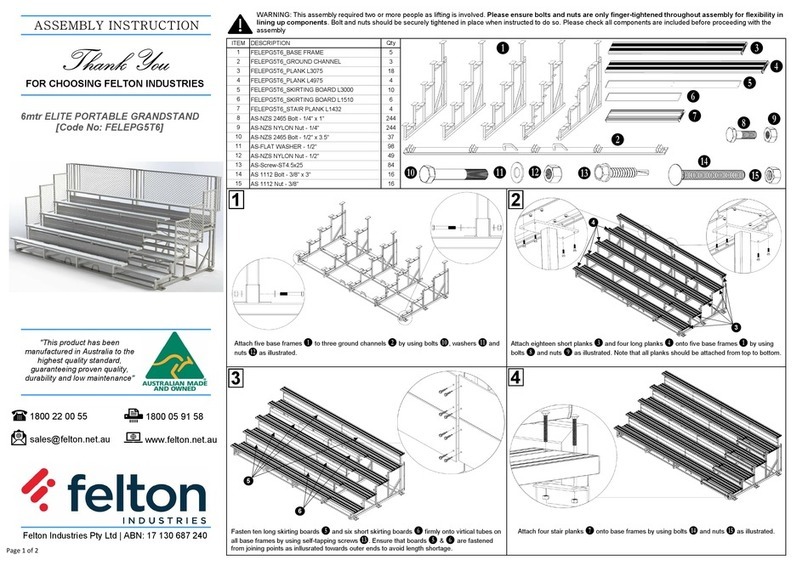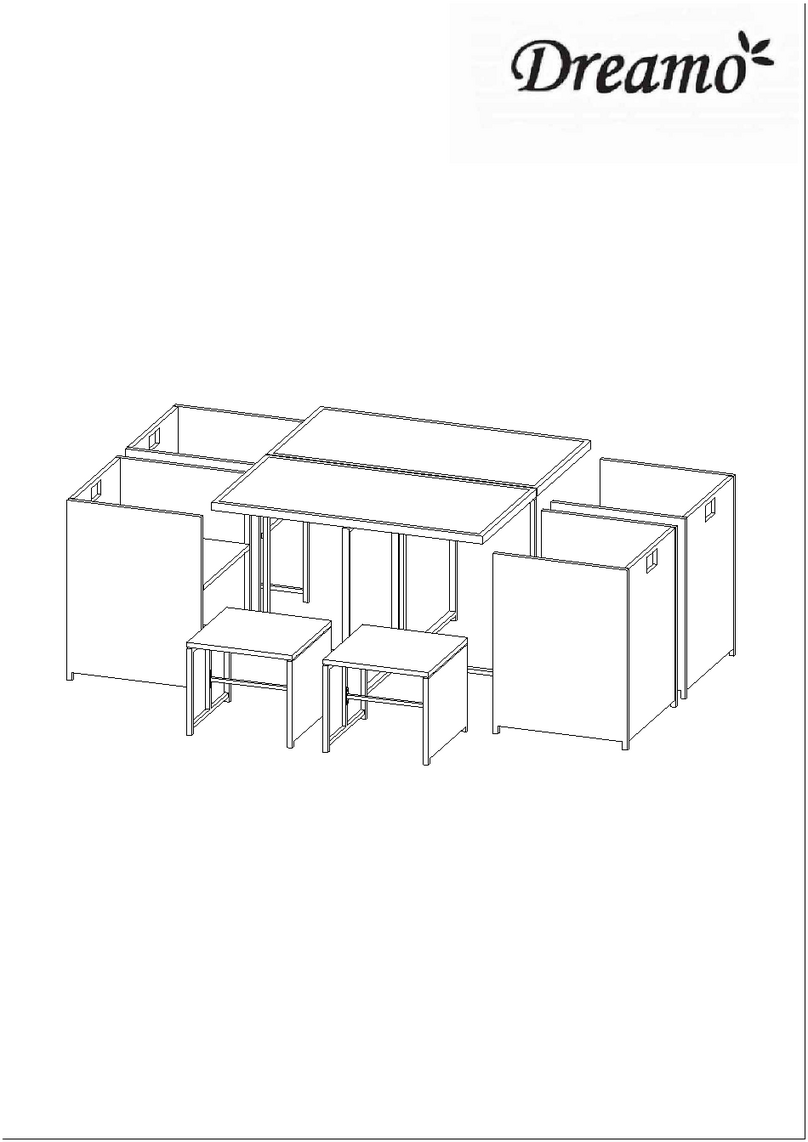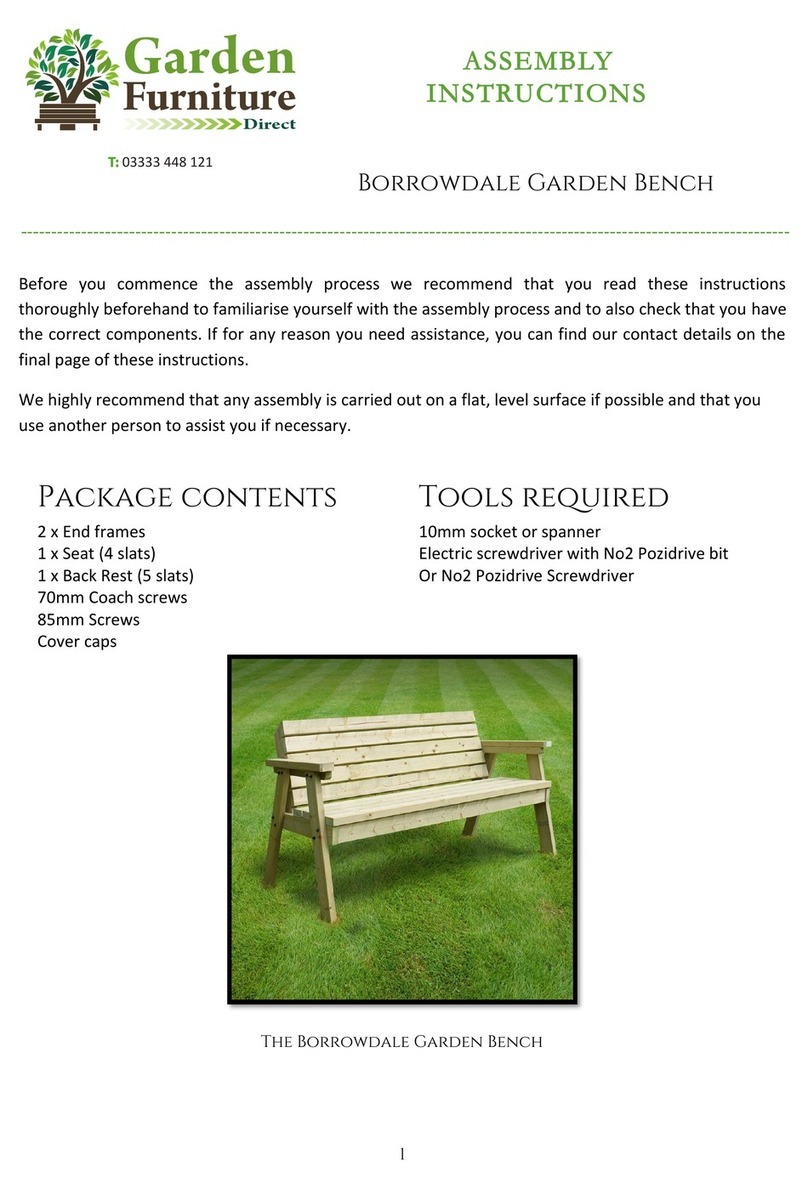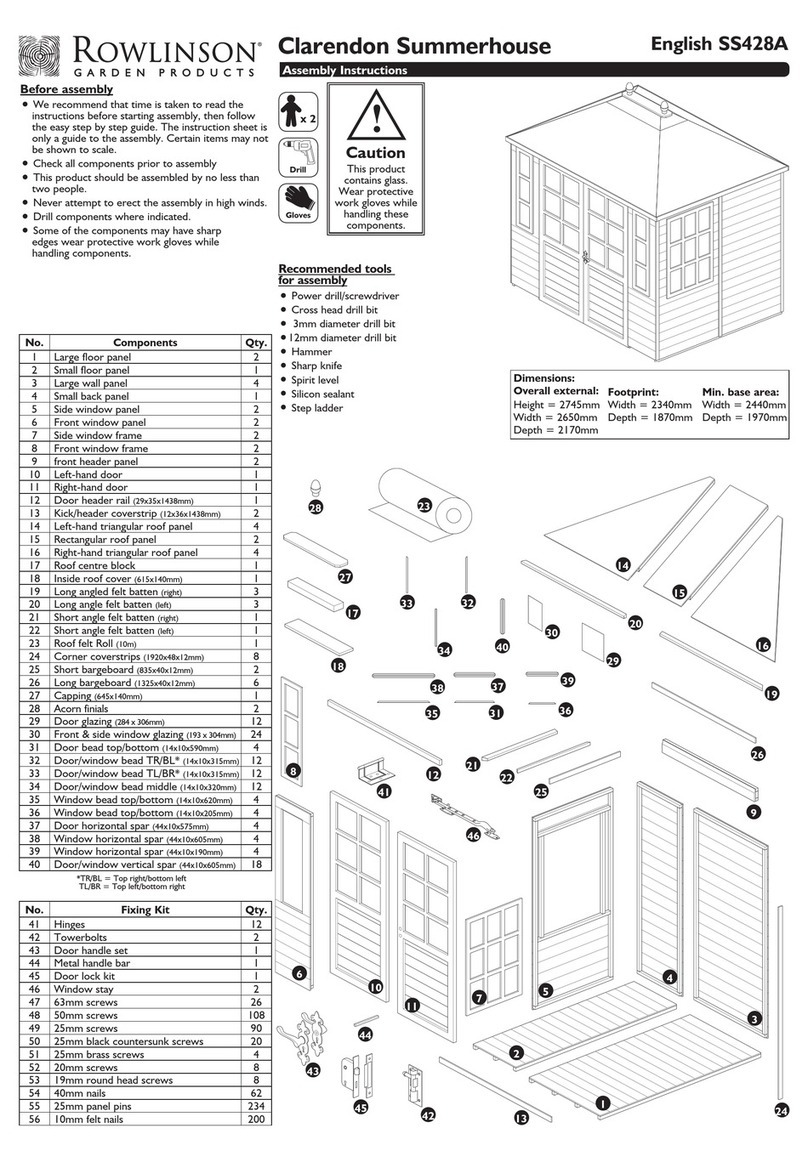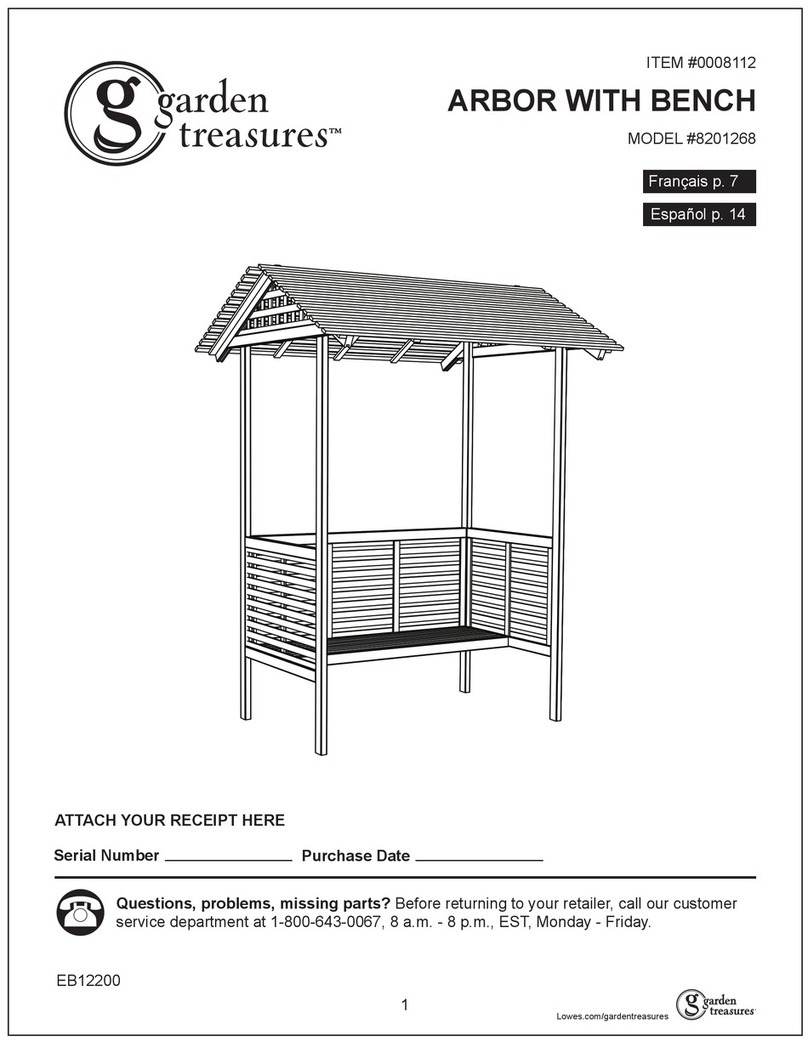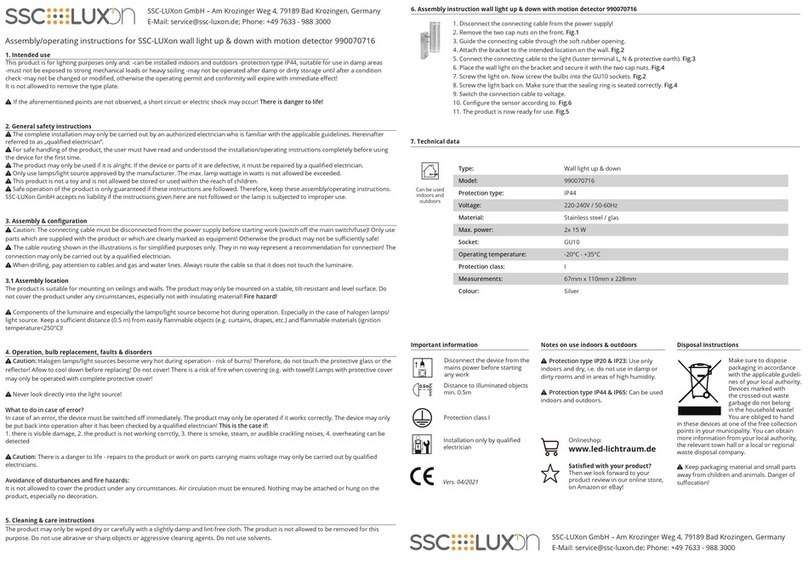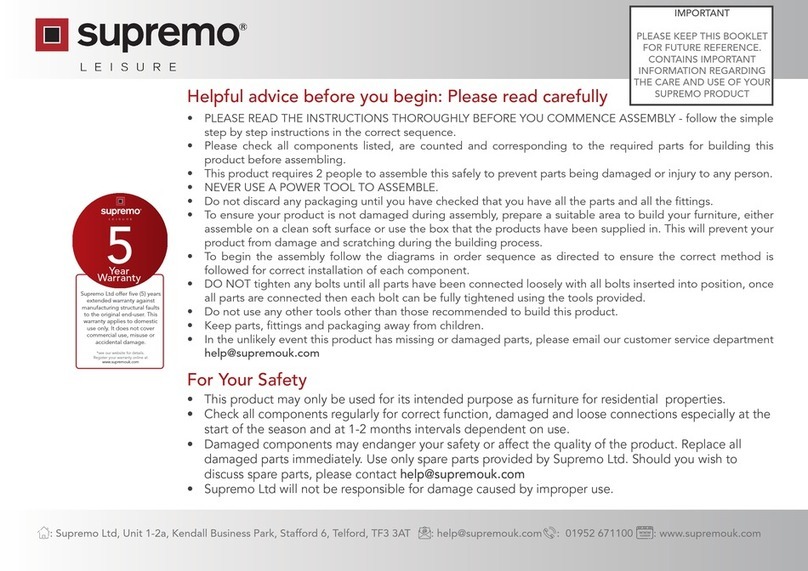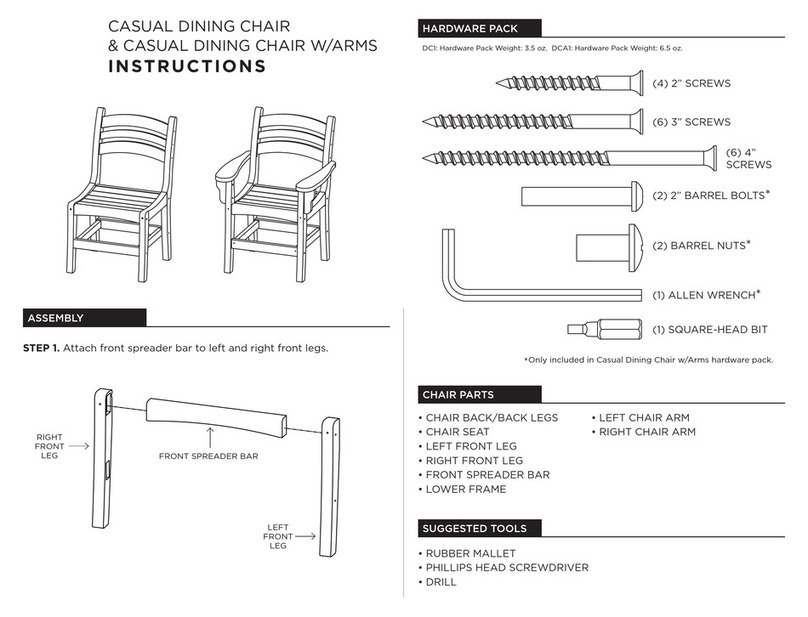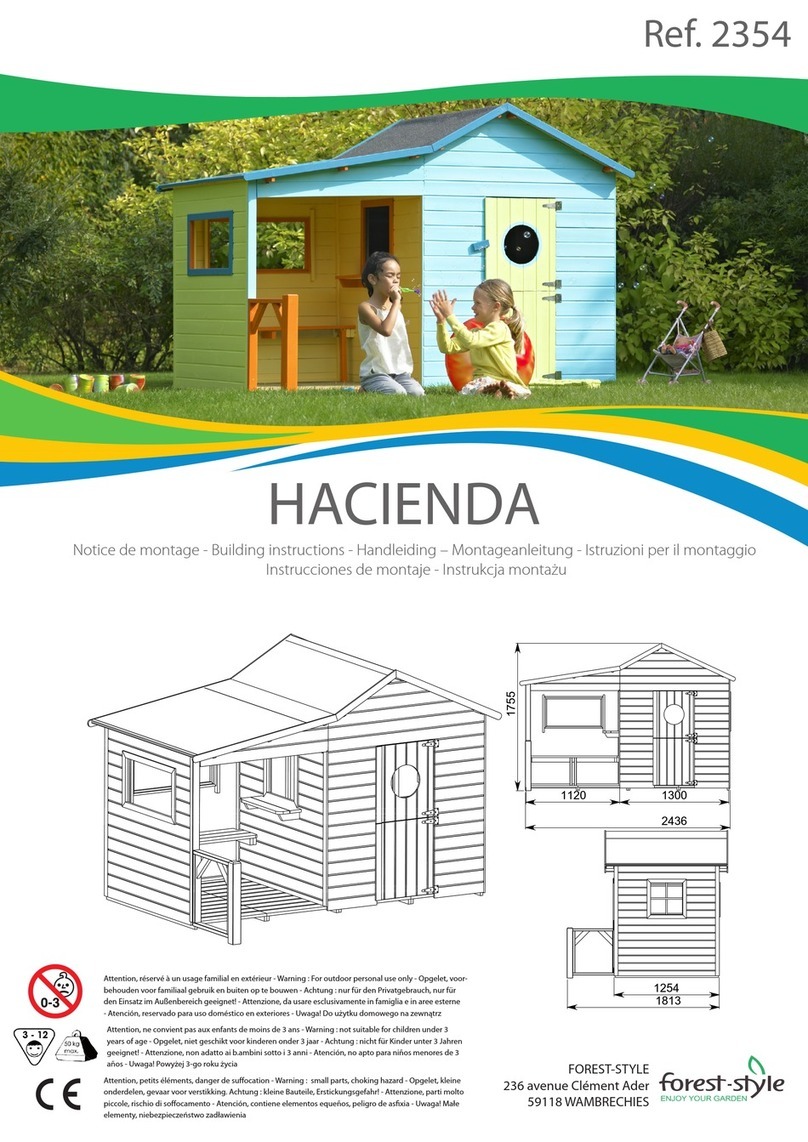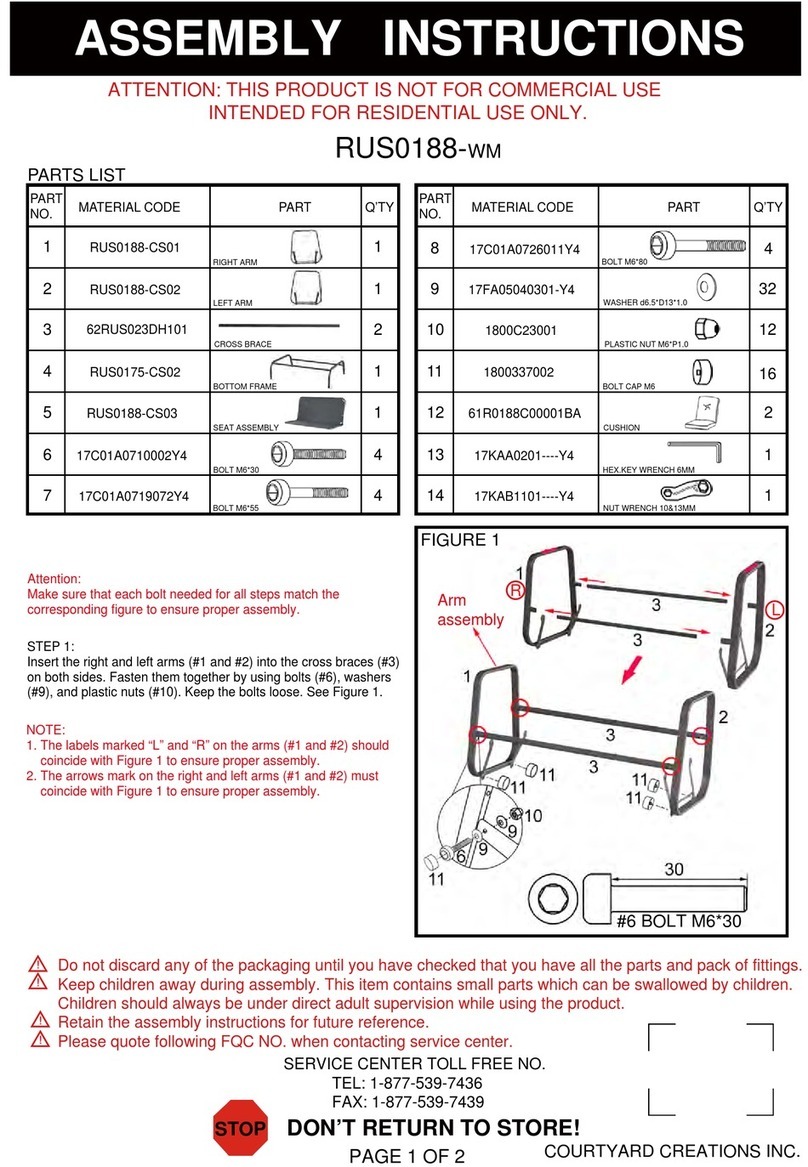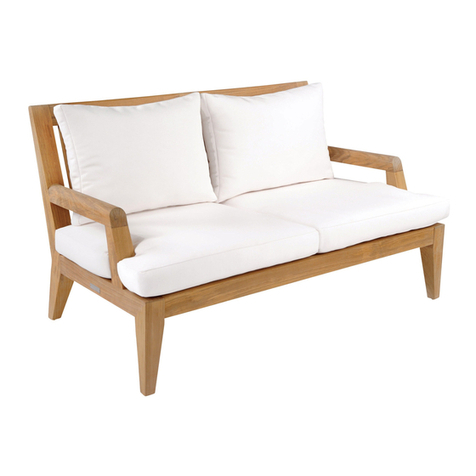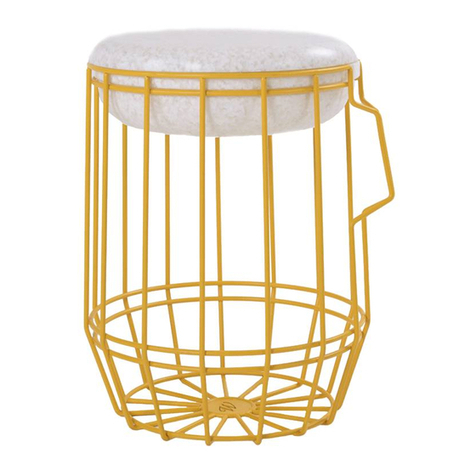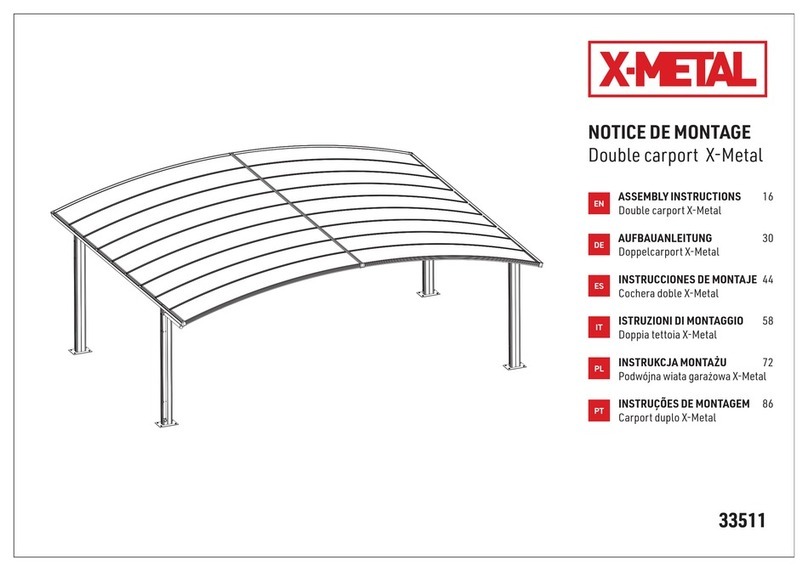
MANUAL
PARALLEL SLIDE RAIL SYSTEM EG-PV
2
These instructi ns f r use must be presented t the building site pers nnel.
1. General purp se f use
Extremely solid slide-rail system with a pipe culvert height of up to 1.80 m. When the system is used as di-
rected, the shoring can be performed with the occurrence of virtually no settling.
2. Specificati ns EG PV 400
Max. pipe culvert height: 1,800 mm
Rail length: 4,000 mm
Rail weight: 4 4 kg
Slide weight: 1 7 kg
Extension weight: L= 00 29.2 kg
L=1000 0. kg
L=1 00 71.8 kg
L=2000 93.1 kg
Max. bending moment: 210.3 kNm
3. Safety regulati ns
We refer to the fact that the above shoring system is only for the intended use and may only be assmebled,
installed, dismantled and unmounted in the sequence listed under points 4 - 7, exclusively with the use
of all relevant ”original construction elements”.
The shoring panels used are slide-rail panels of the KRA/KRI VS 100 type (plate thickness 10 mm) and
A/KRI VS 120 (plate thickness 12 mm). If this is not observed, the manufacturer’s liability and warranty
are invalid. Observe the load-bearing capacity of the shoring elements.
N te:
All of the requirements of BG-Bau (the professional association) as well as DIN 4124 ”Excavations and
trenches, embankments, workroom widths, shoring” are applicable. In the event of conditions deviating
from the standard conditions, construction site statics must be prepared.
4. Assembly:
Sufficiently tighten the sliding frame consisting of
two slides, and the extension beams required for
the trench width, according to Fig. 2, with screws
DIN 6914 M24x8 -10.9 HV, nuts DIN 69 1 M24-10
and discs DIN 6916. All screw connections must be
checked after each dismantling of the shoring ele-
ments and retightened if necessary. The screw
tightening torque is 7 0 Nm and the width across
flats of the HV screws is 41 mm. Thread the sliding
frame according to Fig. 2 into the guide with the
rail lying flat. Only an appropriate lifting device
may be used. Existing lifting eyes must be used.
After threading, insert the securing bolts into the
corresponding apertures pos. 2 and pos. 7 in the
rail and secure them by rotating 180°. Then thread
a second rail into the sliding frame using the lif-
ting eyes on the back of the rail and secure with
bolts in pos. 2 and pos. 7 as described above. After
erecting the rails, check the securing effectiveness
of the bolts.
WARNING
Image 2
Trench shoring equipment
Production - Sales - Rental - Service
Snug bolts in
Pos. 7 secure by
rotating 180°
Snug bolts in
Pos. 2 secure by
rotating 180°




